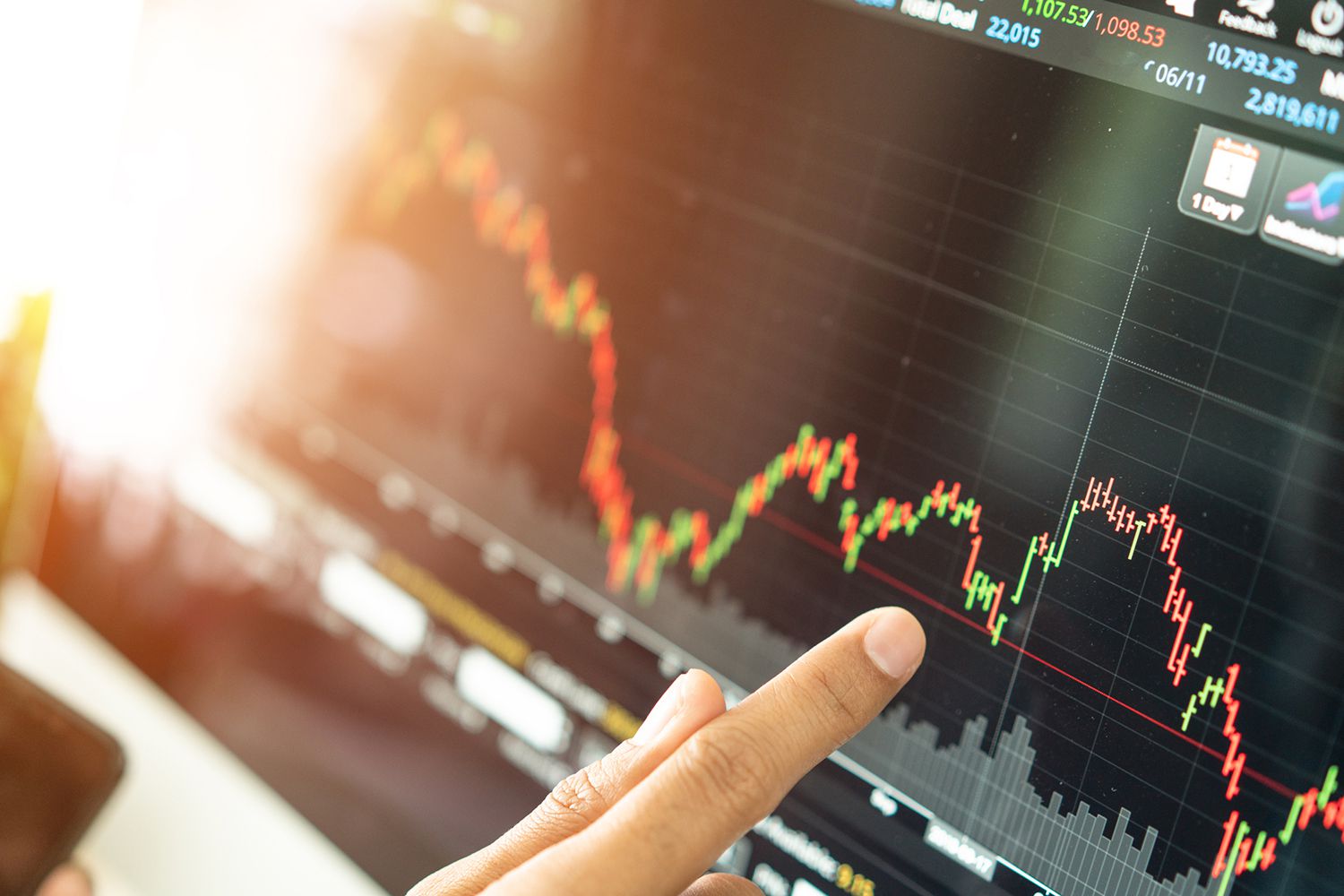How the Price-to-Earnings Ratio(P/E Ratio) Can Mislead Investors
Intro: The Glitz of the P/E Ratio
We’ve all heard it: “This stock has a low P/E ratio, it’s a steal!” But what if I told you that this shiny tool in the investment toolkit isn’t as golden as it seems?
What is the P/E Ratio?
The Price-to-Earnings (P/E) ratio is akin to a celebrity in the investment world. But why?
- Basic Calculation: Simply, it’s the price of a stock divided by its earnings per share(EPS). A low number might suggest undervaluation… or does it?
- P/E’s Popularity in the Investment World: P/E is straightforward, easy to grasp, and widely available. But, as we often see in life, simplicity can be deceiving.
The worth-to-earnings (P/E) ratio is calculated by dividing an organization’s inventory value per share by its EPS, giving traders an thought of whether or not a inventory is under- or overvalued. A excessive P/E ratio could recommend that traders expect increased earnings progress sooner or later in comparison with corporations with a decrease P/E. The P/E ratio signifies the greenback quantity an investor can anticipate to spend money on an organization in order that they could obtain one greenback of that firm’s earnings. Whereas the P/E ratio is a helpful inventory valuation measure, it may be deceptive to traders.
Key Takeaways
- The P/E ratio signifies to traders whether or not an organization’s inventory is realistically valued.
- A excessive P/E ratio could recommend that traders expect increased earnings sooner or later.
- The P/E ratio may be deceptive as a result of it’s both primarily based on previous information or projected future information (neither of that are dependable) or presumably manipulated accounting information.
The Dangers Behind the Simplicity
Hidden behind the P/E’s allure lie potential pitfalls.
- Not All Earnings Are Created Equal: Ever bought a candy bar only to find it half its expected size? Companies can have “one-off” earnings that skew the P/E.
- Market Sentiment and Volatility: Is the market bullish? Bearish? This sentiment can inflate or deflate the P/E, much like how emotions influence our decisions.
- Manipulated Financial Numbers: Sadly, some companies “dress up” their numbers. An artificially boosted earnings figure can mislead the P/E value.
One purpose why the P/E ratio is taken into account deceptive for traders is that it’s primarily based on previous information (as is the case with trailing P/E) and doesn’t assure that earnings will stay the identical. Equally, if the P/E ratio relies on projected earnings (for instance, with a ahead P/E), there isn’t any assure that estimates shall be correct. Moreover, accounting methods can management (or manipulate) monetary stories.
The other ways of accounting imply that EPS may be skewed relying on the accounting strategies. Skewed EPS information make it troublesome for traders to precisely worth a single firm or evaluate varied corporations since it’s unimaginable to know if they’re evaluating related figures.
Other Contributing Factors
Beyond earnings, there’s more beneath the surface.
- Ignoring Company Debt: Imagine praising someone’s wealth without considering their debts. Debt levels can immensely impact a company’s health, yet P/E turns a blind eye.
- Sectoral Differences:
- Tech vs. Utilities: A Comparative Insight: A tech startup might naturally have a higher P/E than a utility company. Is it overvalued, or is this industry norm?
Better Alternatives to P/E
Don’t fret; other metrics offer clearer insights.
- The PEG Ratio: It considers growth. It’s like P/E, but smarter. A lower PEG might truly indicate undervaluation.
- EV/EBITDA: Enterprise value to earnings before interest, taxes, depreciation, and amortization. A mouthful, yes, but it offers a more holistic view, including debt.
An Instance of a P/E Ratio Comparability Between Shares
A fast have a look at P/E ratios for Apple (AAPL) and Amazon (AMZN) illustrates the hazards of utilizing solely the P/E ratio to judge an organization. In mid-December, 2018, Apple traded at $165.48 with a P/E ratio (TTM) of 13.89. On the identical day, Amazon’s inventory value was $1,591.91 with a P/E ratio of 89.19. One of many causes Amazon’s P/E is a lot increased than Apple’s is that its efforts to develop aggressively on a large scale have helped maintain earnings considerably suppressed and the P/E ratio excessive.
Conclusion: The Full Picture of Investing
The P/E ratio is a piece of the puzzle, not the full image. Smart investing requires a kaleidoscope of tools, insights, and a sprinkle of skepticism. Ready to dig deeper than the surface?
Frequently Asked Questions
- Why is the P/E ratio so popular?
- Its simplicity and wide accessibility make it a go-to metric, but it’s essential to see beyond the initial allure.
- Can companies manipulate their P E ratio?
- Yes, by artificially inflating earnings or using one-off revenues to paint a rosier picture.
- Are there sectors where P/E is more reliable?
- P/E might be more consistent within specific industries, but variations exist across different sectors. Always compare within the same sector.
- Why is the PEG ratio considered better?
- The PEG ratio takes growth into account, offering a more nuanced view of valuation.
- What’s the main takeaway for investors regarding P/E?
- It’s a tool, not a bible. Always corroborate with other metrics and consider the broader context.


